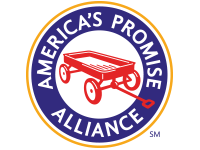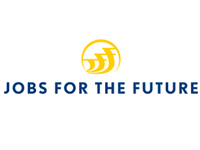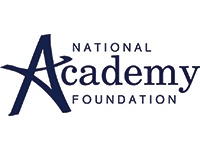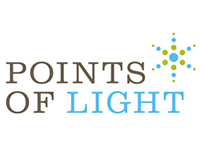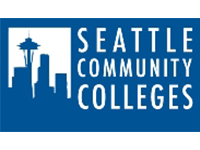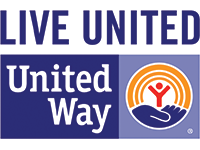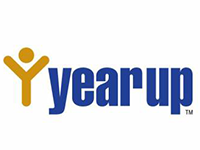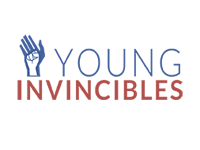Youth are the Difference in Closing the Opportunity Gap
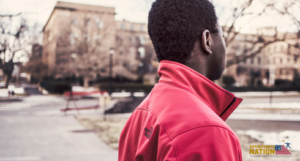 •
•
Today the presidential candidates will debate one last time, less than a month before the election. On Monday, Opportunity Nation was excited to support two of our Coalition member’s events leading up to the debates that highlighted how we, as a country, can ensure children and youth get the right start in life. The Children’s Opportunity Forum (#KidsOpportunity) and the 2016 Opportunity Youth Network Annual Summit (#OYN) convened a cross section of leaders and young adults to share how we can invest in our nation’s young people to close the opportunity gap.
We are thrilled to partner with organizations that are rising to the challenge to ensure that attention is focused on our nation’s young people as this election season draws to a close.
Shanequa Levin @ECMonLongIsland: Children can’t vote. They rely on us to be their voice. #KidsOpportunity
— Every Child Matters (@VotingforKids) October 17, 2016
The Opportunity Youth Network Summit was convened by Opportunity Nation Coalition member The Aspen Institute, The Forum for Youth Investment, and Gap Inc. and was sponsored by Opportunity Nation funders The Annie E. Casey Foundation, Gap Inc., and the Rockefeller Foundation. Selena Gonzales Jones, Director of Impact and Community Engagement at Opportunity Nation, and Kristin Lewis, Co-Director at Measure of America, shared findings from our Opportunity Index and the “Zeroing in on Place and Race” report, respectively.
#OYN “Youth Voice: not just nice, but necessary ???? pic.twitter.com/8aW6OtATZg
— Youth Voice Project (@BostonYVP) October 17, 2016
Founding members of #OYUnited bringing youth voice and authentic youth engagement to the table at #OYN pic.twitter.com/GVLL5dYZDC
— Shawnice Jackson (@MissEducateThem) October 17, 2016
The Children’s Opportunity Forum, hosted by Opportunity Nation Coalition member Every Child Matters, the Nevada Institute for Children’s Research and Policy, the Children’s Advocacy Alliance of Nevada, and partners, hosted a day of nonpartisan activities to highlight the opportunity gap facing millions of American children, and how to close it. I participated on a panel moderated by Chicago Tribune columnist Clarence Page alongside Alieza Durana, Senior Policy Analyst at New America Foundation; Dr. Patricia Foxen, Deputy Director of Research at National Council of La Raza (Opportunity Nation Coalition member); and Katharine Stevens, Resident Scholar of Education Policy Studies at American Enterprise Institute. Robert Putnam also joined the panel in addition to giving a lecture about his book, Our Kids: The American Dream in Crisis, which was quoted in our policy plan, Our Opportunity Nation. The Forum was funded by The Annie E. Casey Foundation, the City of Las Vegas, the Nevada Institute for Children’s Research and Policy, and the UNLV School of Community Health Sciences.
Bottom Line: Poor kids are not just somebody else’s kids. They are our kids, too. #kidsopportunity
— CAA Nevada (@CAANevada) October 18, 2016
How empowering children and youth can close the opportunity gap
The well being of our youth is critical and where they are born plays too heavy a role in their future success. By age five, children who are born to less-educated parents in the United States already have reading and math scores behind peers who are born to more educated parents. According to our 2015 Opportunity Index’s state data, disconnected youth disproportionately live in poorer communities. And at the county level, the Index data suggest that disconnected youth tend to be more likely from communities where neither parent has earned at least an associate’s degree, showing both the importance of a community’s health and the equally important link to parents’ employment and education.
A lot of what we’ve heard and researched supports the idea that when youth graduate from high school and then enter the workforce or seek advanced degrees before starting a family, it nearly guarantees that their family will stay out of poverty. This research is why our policy plan’s six goals to boost opportunity are presented in the order of the life cycle and success sequence — it ensures our children and young adults get the right start in life, which can thereby close the opportunity gap in this country.
Rising to meet these challenges, even when we know what works, requires cross-sector, bipartisan collaboration. We applaud the efforts of Every Child Matters and the Opportunity Youth Network for shaping a nation where all children and youth can thrive.


